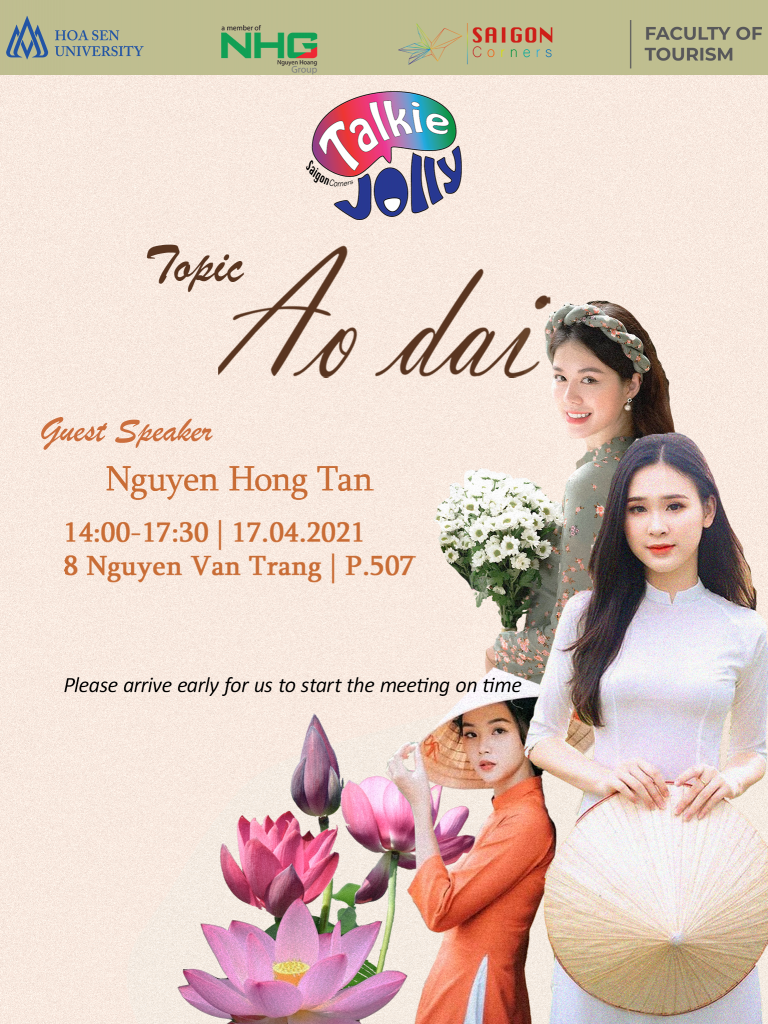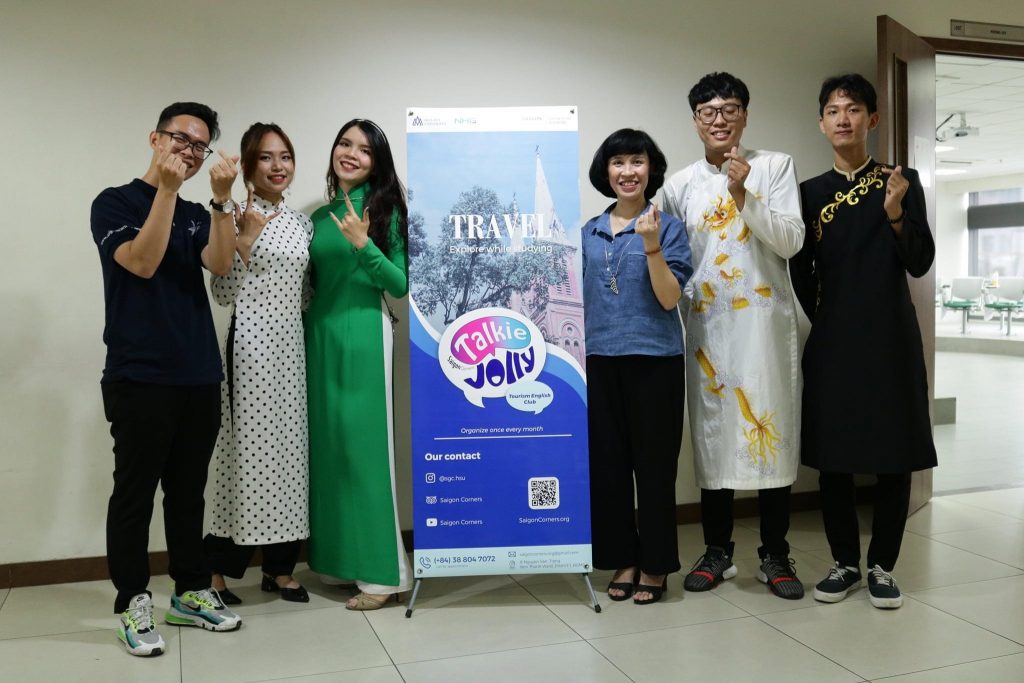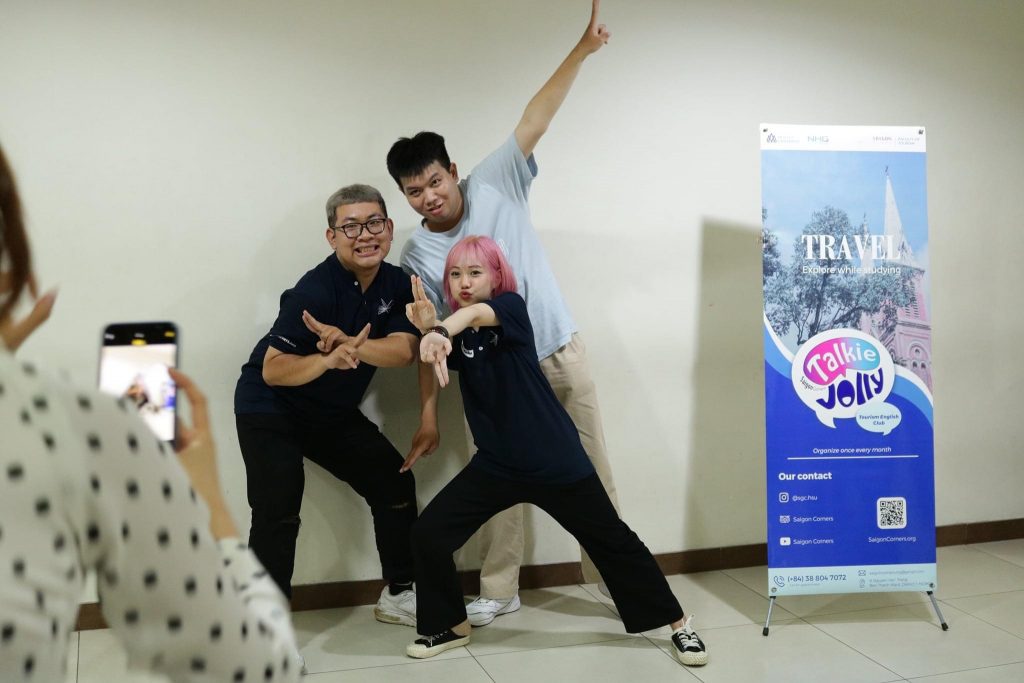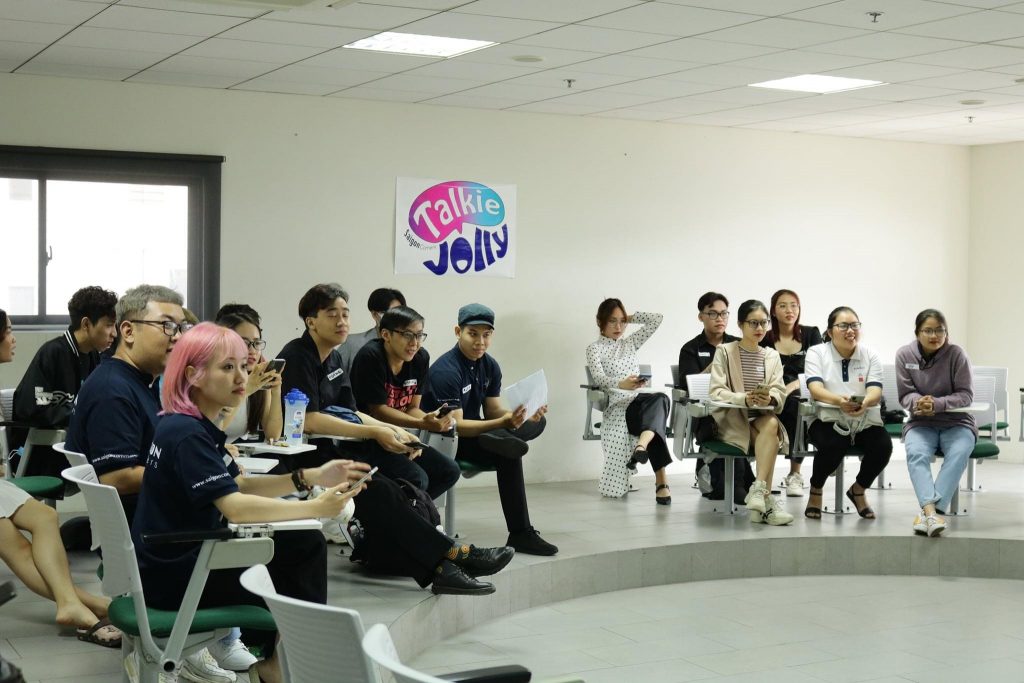It is rare to hear an old man passionately talk about the Vietnamese Ao Dai, images like slow-motion film appearing before my eyes through the story of my grandfather. Living from the 40s to the present, he has witnessed many changes in the Ao Dai over the decades. Designer Si Hoang said: “Ao dai is beautiful, attractive, expressed by the character of a woman, discreetly beautiful, gentle, thoughtful, and ethical. This is one of the few traditional costumes that meet the requirements of the new era while maintaining the national identity. Always a symbol of gentle, loving beauty, like attracting all the eyes of people on the street. Talking about the history of Ao Dai, to this day, no one has been able to confirm or clearly write down the history and origin. There is a document that on the Ngoc Lu bronze drum appeared the image of a woman with split dress. Happily, despite going through a long time, many variations appeared, but the Vietnamese Ao Dai still retains the inherent essence of the costume with two split dresses. According to legend, Hai Ba Trung wore ao dai with two golden armor plates and splendid jewelry when riding an elephant to fight against the Han army. It is also said that out of respect for the Hai Ba, Vietnamese women avoid wearing two-piece robes and instead wear a four-part dress with four bodies representing four births (of the couple). Until the reign of King Gia Long (1802-1819), the four-dress Ao Dai was changed to a five-piece shirt, at this time the shirt has a small body symbolizing the wearer. In 1884, when the French received the right to rule from the Hue court, Western culture began to enter Vietnam and brought many changes with the Ao Dai. From here, the Ao Dai steps through another page of history and reveals many shapes of the Ao Dai today.
Attend a talk with guest Nguyen Hong Tan at Tourism English Club to hear him talk about the history of the formation of the Ao Dai, share more interesting stories as well as the role of the Ao Dai. Vietnam in each historical period!






